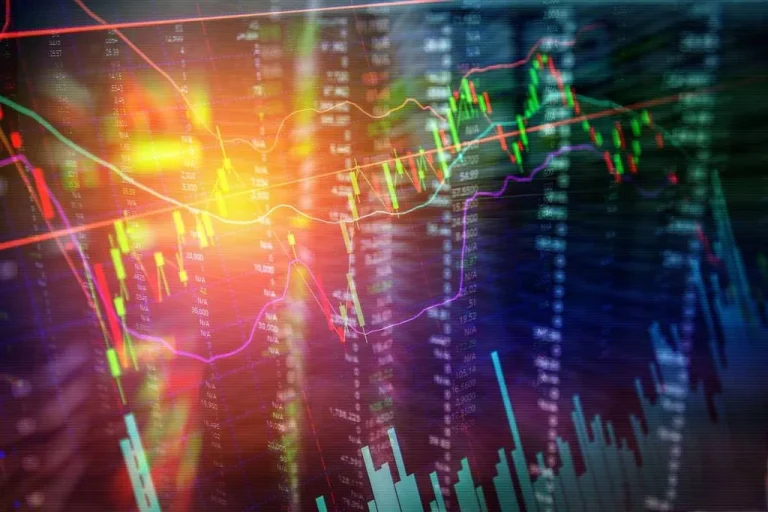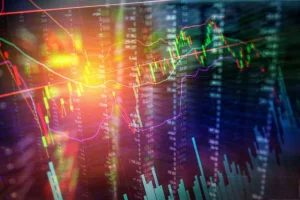For a considerable time, exchanges relied on manual entry and scrutiny of order books, severely limiting transaction speed and efficiency. Yet, with the proliferation of computers, automated systems, and the Internet, a transformation ensued: the emergence of automated market makers (AMMs). In this piece, we’ll navigate the complexities of AMMs, delving into their mechanics, variations, and future potential.
Automated Market Makers Explained
The automated market maker crypto is a set of algorithms or programs. They have a well-defined sequence of operations that entirely automates the process and frees it from human supervision. The field of blockchains, which first relied on programming, algorithms, and intelligent contracts, reacted quickly to this. However, what is required here is not just the automatic fulfillment of certain conditions. The “liquidity pool” was needed to enhance the chance of identifying trade pairs. With the start of the active creation of these pools, interest in automatic market-making has skyrocketed.
With the help of an algorithm that compares deals, keeps track of liquidity, and determines if a particular trade is feasible given the state of liquidity, AMM relieves some human-controlled exchange functions.


Turnkey Brokerage Solution For Your Business
Get the most profitable fully licensed fx/crypto brokerage software or ready-to-operate business in 48 hours. Best-in-class web & mobile trading platforms, sales-driven CRM, full integration with MT4/5, and 150+ payment providers.
AMM benefits
AMMs have become increasingly widespread in the crypto and DeFi space in recent years due to their many positive influences over traditional market makers. One of their benefits is that it permits decentralized liquidity provision, lowering the possibility of fraud and manipulation.
Adding liquidity to marketplaces with little trading volume is another advantage. It’s because even in the event of minimal trading activity, the market maker will still receive a modest percentage due to the constant product formula.
The Role of Liquidity Pools and Liquidity Providers in AMMs
The cryptocurrency market makers consist of a pricing algorithm and a liquidity pool (LP). Participants lend funds to the LP. The rewards in the form of commissions serve as an incentive for traders, encouraging them to engage in more active participation. With a predefined method of calculating, the automated market maker algorithm pricing typically provides passive revenue and fixes the exchange rate between LP tokens.
A liquidity pool is a crowdsourced gathering of tokens. It’s how AMM interacts with those who purchase and vend them. Liquidity providers contribute the tokens to the LP.
Liquidity is required to keep an efficient operation. During trade, a lack of liquidity can substantially influence pricing. It may result in unforeseeable losses and inefficient financial management. AMM offers a part of its commission via LP tokens to encourage liquidity suppliers to donate their holdings. You have probably heard of it as yield farming.
How Do Automatic Market Makers (AMMs) Work?
Automated Market Makers simplify crypto trading by expediting the exchange process. Let’s touch on how the function:
- Clients deposit the currencies into an LP to receive incentives. It defines exchange rates depending on the amount of coins in the pool.
- When many clients trade the same coin, AMM modifies exchange costs to differences in supply and demand.
- Users gain incentives when they add their currencies to the LP. It might be transaction fees or a percentage of freshly published currencies.
When a user conducts a transaction on an AMM-based DeFi platform, the smart contract transfers tokens to the LP and subsequently trades them for a comparable token from the pair. It uses a specific formula to specify the exchange rate between tokens automatically.
Consequently, AMM provides easy access to liquidity in the market while also allowing you to automate the trading. AMM is necessary to maintain the volume of cryptocurrencies within the market and enable trade.

Different Automated Market Maker (AMM) Models
Smart contracts come in an array of forms for automated trading. Let’s examine the primary examples:
- Constant Function Market Makers, or CFMMs: This kind is prevalent in DeFi (decentralized finance) industry activities. Consistent performance is the essential property of smart contracts that automate operations across several exchange domains. It’s worth noting that because external smart contracts regulate the worth of the tokens in the LP, this kind does not need manual data entry into the order book or data transfer to other parties.
- Constant Product Market Maker, or The CPMM algorithmic methodology, automatically updates pricing ranges. It requires sustained liquidity in four currencies simultaneously and in two ways. It’s regulated by a simple formula: an x b = const, which specifies that the 1st token’s quantity multiplied by the second asset’s quantity must always remain unchanged. If the stock cost of one of them rises, the cost of the other will fall automatically.
- Constant Mean Market Maker, or CMMM, is an advanced algorithm that allows you to manage three or more cryptocurrency pairings simultaneously. With its aid, you may change the average weight beyond 50/50.
Applying unique algorithm models lets AMMs give rates better than centralized exchanges for volatile currencies.
Automated Market Maker Variations
AMMs don’t have to be the exclusive choice for decentralized trade. The most fundamental models dominate the market: Uniswap, Curve, and Balancer. The first is a technical trailblazer that has evolved into the most dependable AMM models on the ETH network, letting clients devise LPs for any 50/50 set of ERC-20 tokens.
Curve resolves the trouble with restricted liquidity by offering some excellent pricing and transactions. Moreover, it focuses on making LP for similar assets like stablecoins.
Balancer expands Uniswap’s capabilities — it lets clients develop dynamic liquidity pools for eight tokens in any correlation.
Despite leveraging innovative technology, automated market makers have declared themselves a vital financial instrument within the rapidly developing DeFi sphere, demonstrating the field’s modest but steady progress.
What’s the Future of AMMs in the Cryptocurrency Ecosystem?
AMMs are rapidly evolving to be a pivotal part of the DeFi puzzle. They give traders more power over their investments and digital assets. We expect AMM technologies to progress further, leading to improvements in pricing algorithms and platform and blockchain compatibility.
Scalability is still an essential aspect of AMM. Using layer two scaling strategies such as sidechains, zkRollups, or optimizing rollups can help AMM overcome the limitations of the current blockchain design. It will result in faster processing and reduced prices.
As the blockchain ecosystem expands, cross-chain interoperability becomes increasingly important. Cross-chain asset exchange-capable AMMs will facilitate trading across several blockchains, boosting the interoperability and liquidity of the DeFi ecosystem.
Creating new AMM models and improving pricing algorithms would improve asset exchange efficiency and reduce slippage. Some possible advances for sprucing up income for liquidity suppliers include dynamic pricing structures, multi-collateral pools, and interaction with lending protocols.
AMMs are still in their infancy in catching up to traditional exchangers that offer limit orders and margin trading. Nevertheless, they empower approaches for cutting down occasional losses.
It’s realistic to expect AMM to see many more innovative solutions in the future. Because of improved automated market makers, all participants in decentralized exchanges will benefit from lower costs and more liquidity.






